
Clean water protections
The lakes, rivers and streams in our National Parks are under threat like never before, we explain the issues facing waterways and our work to end water pollution.
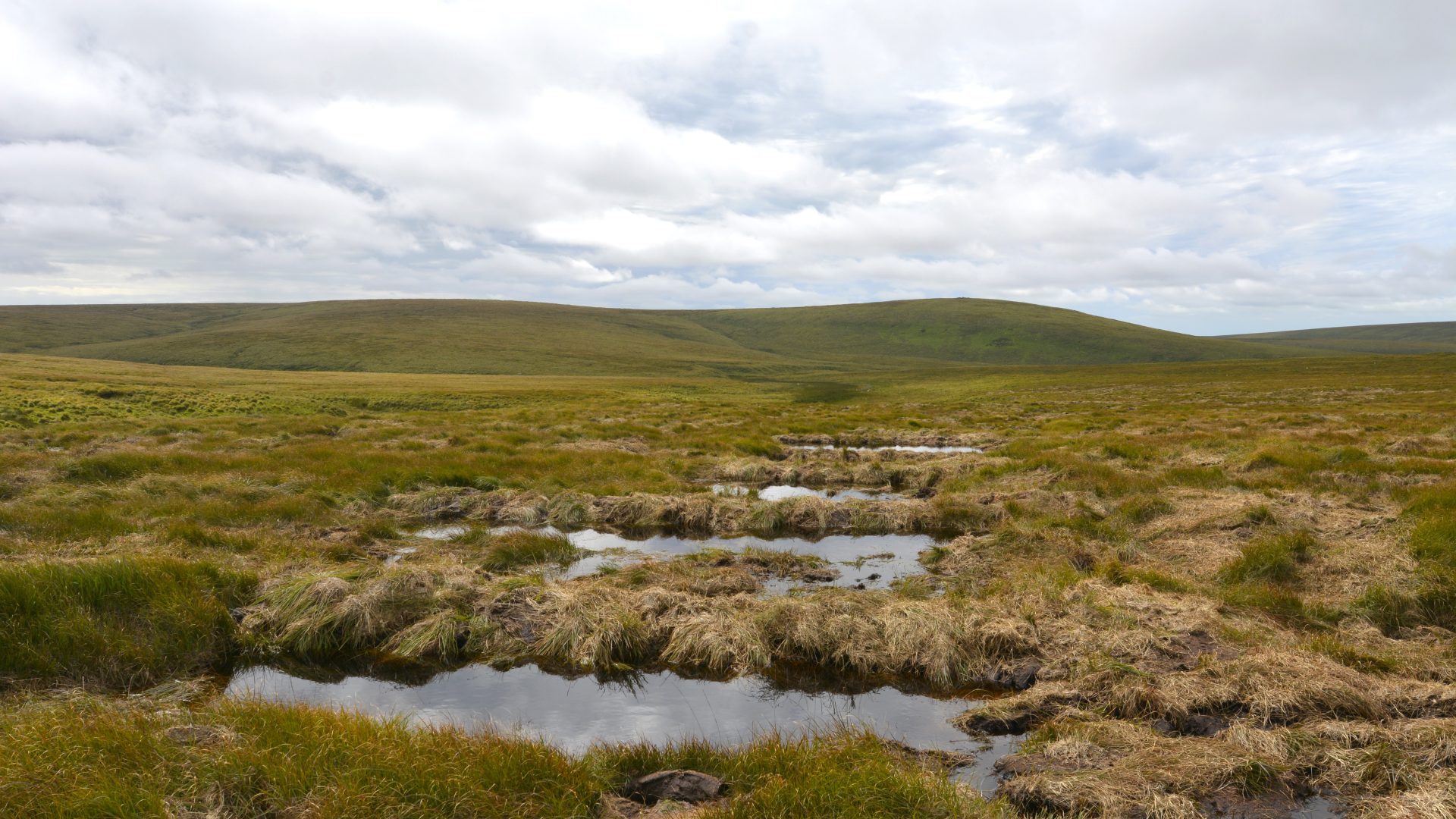
Peatlands support important wildlife and play a vital role in carbon storage, we explain the issue facing peatlands in National Parks and our work to support their health.
Peatlands are areas of land with a naturally accumulated layer of peat formed by waterlogging from a mix of partly decomposed plant materials over thousands of years. There are three main types of peatland in the UK:
The National Parks contain a high proportion of the total areas of peatland: in England around 38% and in Wales 40%. Across all the National Parks around a third of the land area is made up of peatlands of one type or another.
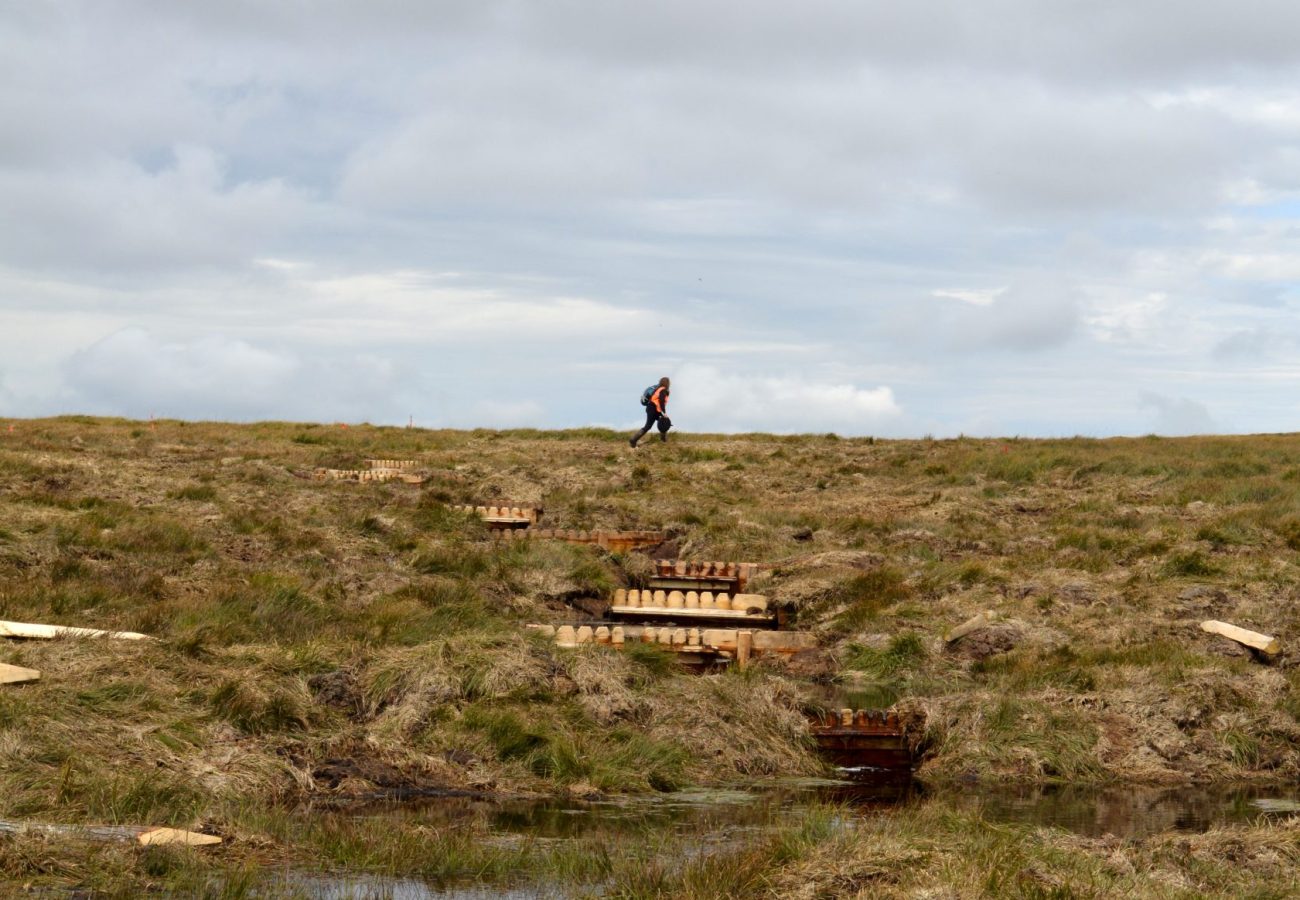
Good news! The UK Government has banned burning on all deep peat in the uplands, which is fantastic news for many of our English National Parks. The new rules come into force at the end of September 2025 and ban burning where peat is more than 30cm deep.

Statistics from our 2024 Health Check Report
Peatlands support important wildlife habitats and species including rare Sphagnum mosses, a range of bog specialist vascular plants, invertebrates such as the bog hoverfly and breeding bird species including the golden plover, dunlin and curlew.
They also play a vital role in carbon storage. Undamaged bogs remove carbon dioxide from the atmosphere through photosynthesis in mosses and other peatland plants. Over time, carbon is stored in the peat which is composed of the dead, semi-decomposed plant remains. Healthy peatlands also reduce flood risk and provide high quality water that is much cheaper to treat for drinking due to reduced sediment load and better water colour.
The majority of peatlands in England and Wales have been damaged by drainage, conversion to agriculture or forestry, burning, air pollution, over-grazing and peat extraction. As a result, they have become a large source of greenhouse gas emissions, releasing carbon which has been stored for centuries.
While there isn’t sufficient data the condition of peatlands across all the National Parks, a 2018 IUCN report indicates 80% of peatlands in the UK were in damaged condition at that time. In 2019, the Welsh Government estimated that over 70% of Welsh peatlands were degraded and the most recent State of Nature Report states that 75% of peatlands in Great Britain are assessed to be not in good condition.
In the absence of specific data, it is reasonable to assume that the majority of peatland habitats in National Parks are in poor condition.
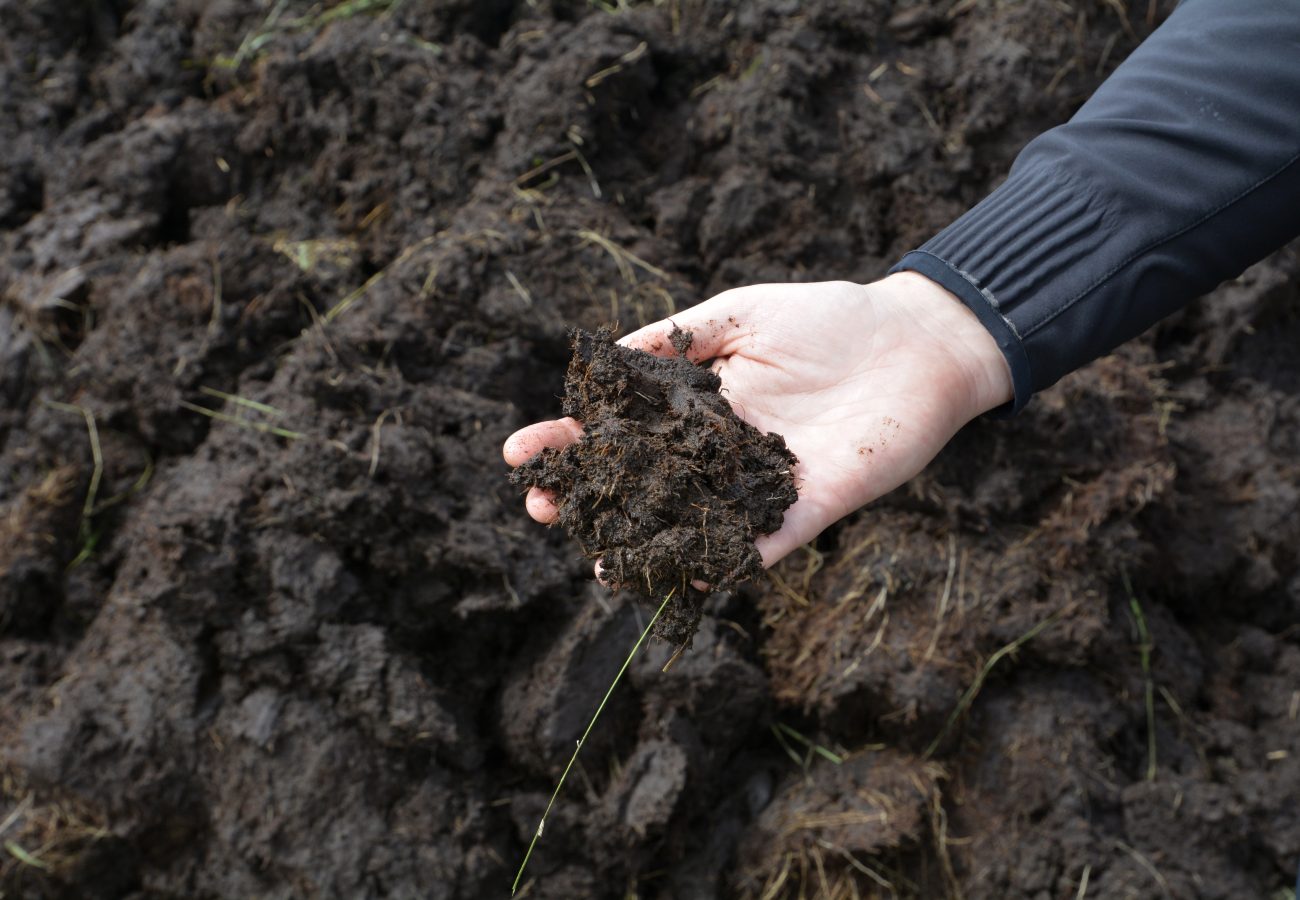
The recent Dartmoor review includes a University of Exeter estimate that just 1% of Dartmoor’s deep peat area is healthy, peat-forming bog and identified rewetting the area’s blanket bogs as “the absolute top priority”. We agree that rewetting and restoring peatlands should be a top priority across all the National Parks to deliver benefits for both biodiversity and carbon storage.
Urgent action is needed to address the degradation of peatland in National Parks. It may take decades to restore the carbon sink function of some peatlands so this task must begin now. Such action should include giving much greater priority to the rewetting and restoration of all types of peatlands in our National Parks, alongside a stronger commitment to protecting existing areas of intact peatland including a ban on all burning and afforestation on peatland, a requirement for Forestry England and Natural Resources Wales to remove trees previously planted on peatland and restore these areas to good health by 2030 and an end to commercial peat extraction in National Parks, irrespective of peat depth. In those National Parks where the Ministry of Defence (MoD) has significant land holdings they should also be required to contribute towards the cost of peatland restoration, particularly as the need to deal with unexploded ordinance can add to the cost of such projects.

The lakes, rivers and streams in our National Parks are under threat like never before, we explain the issues facing waterways and our work to end water pollution.
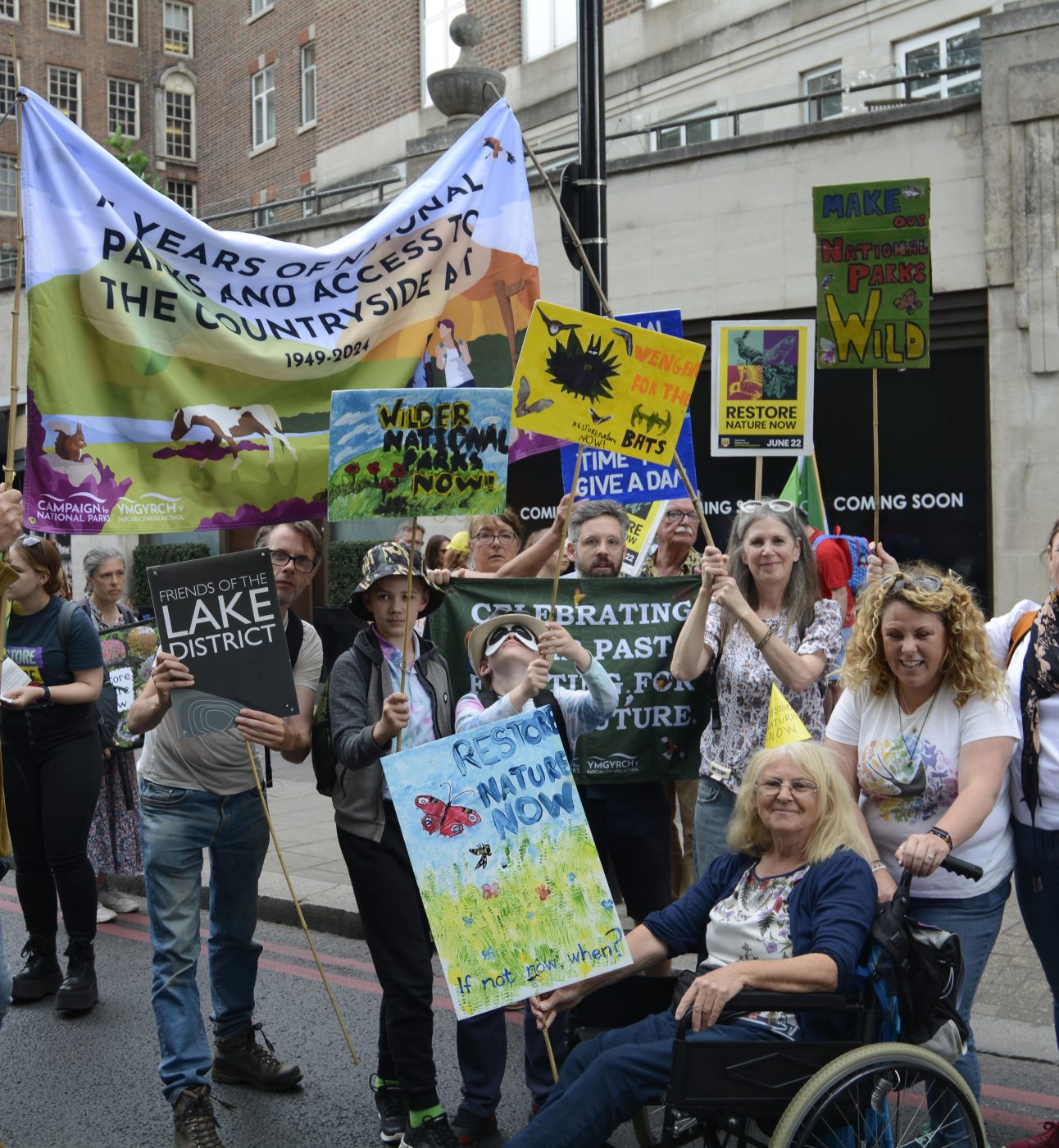
We’ve been campaigning for National Parks for over 80 years, see how you can get involved.
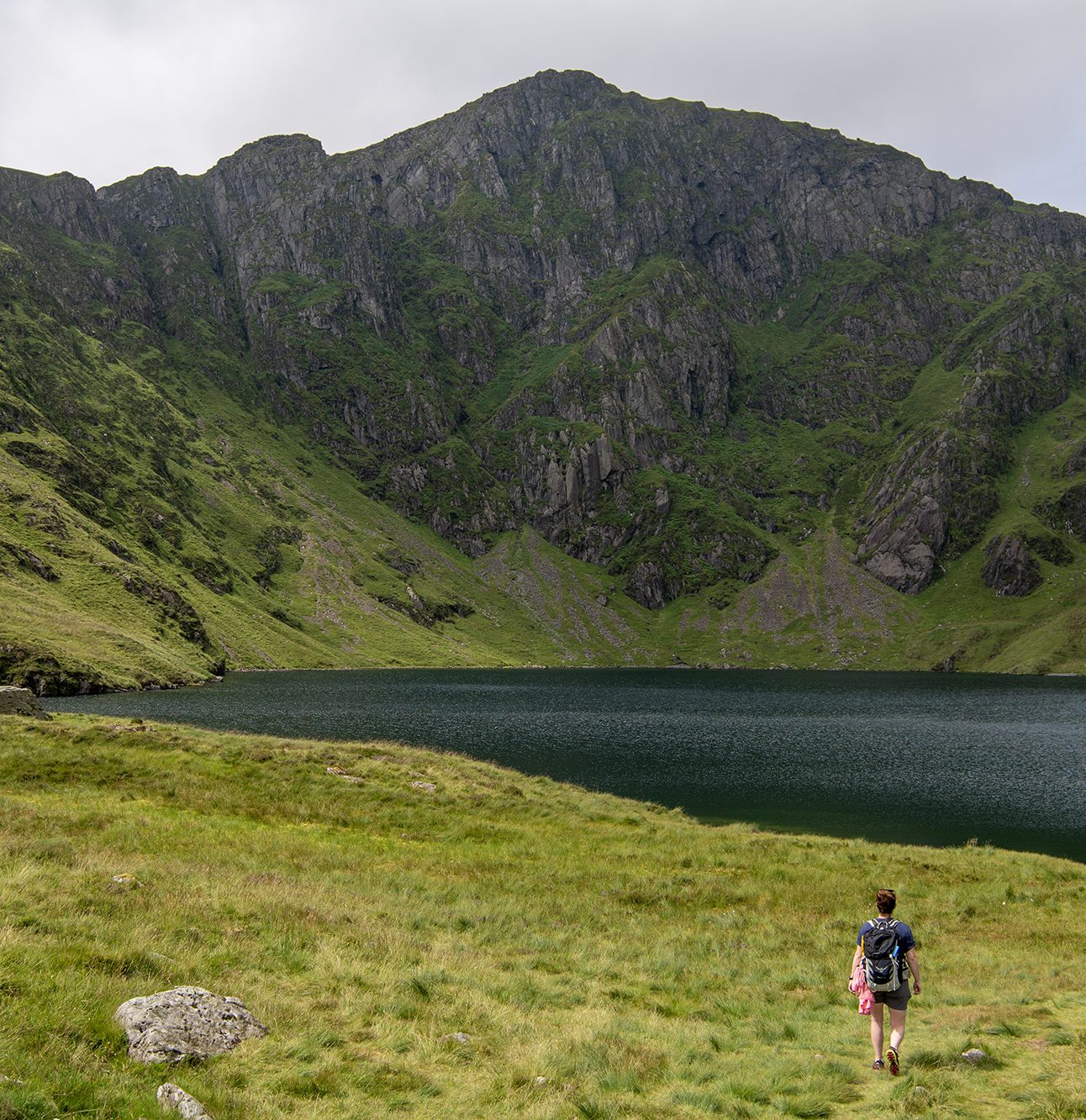
Take action today with our 5 easy ways you can help National Parks.